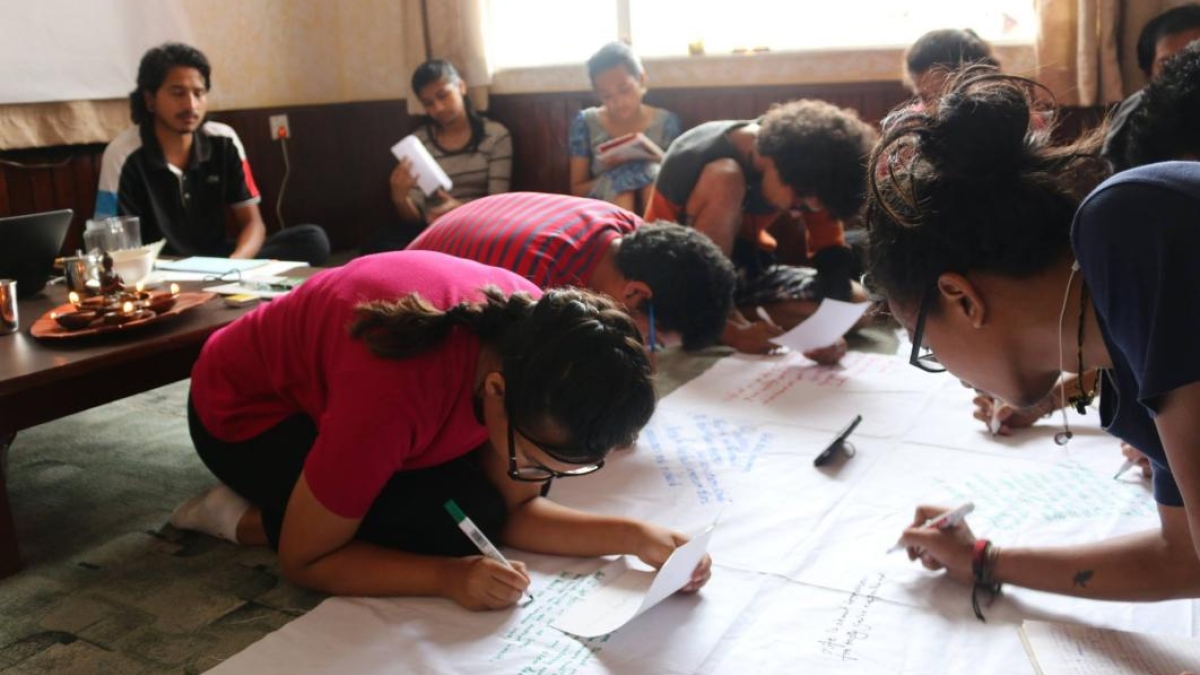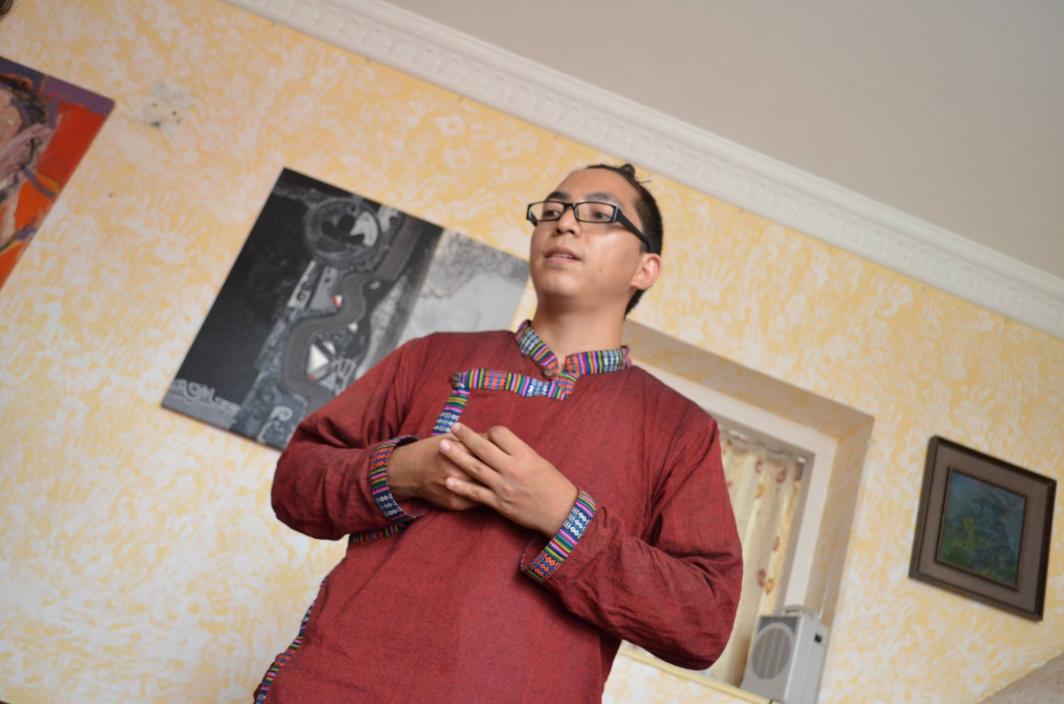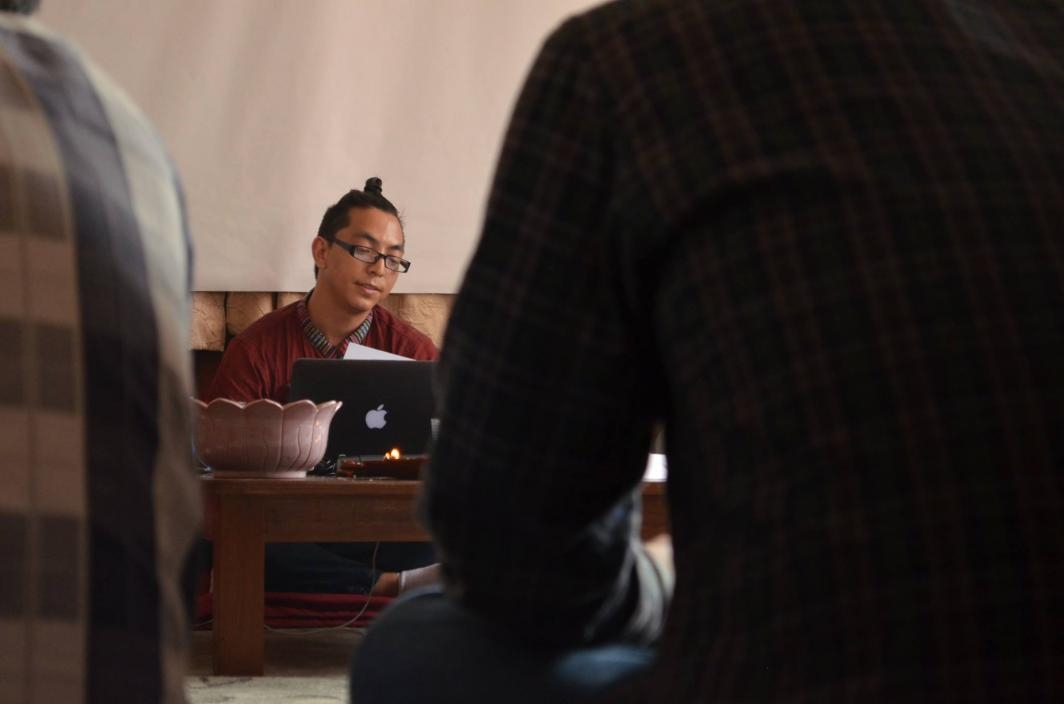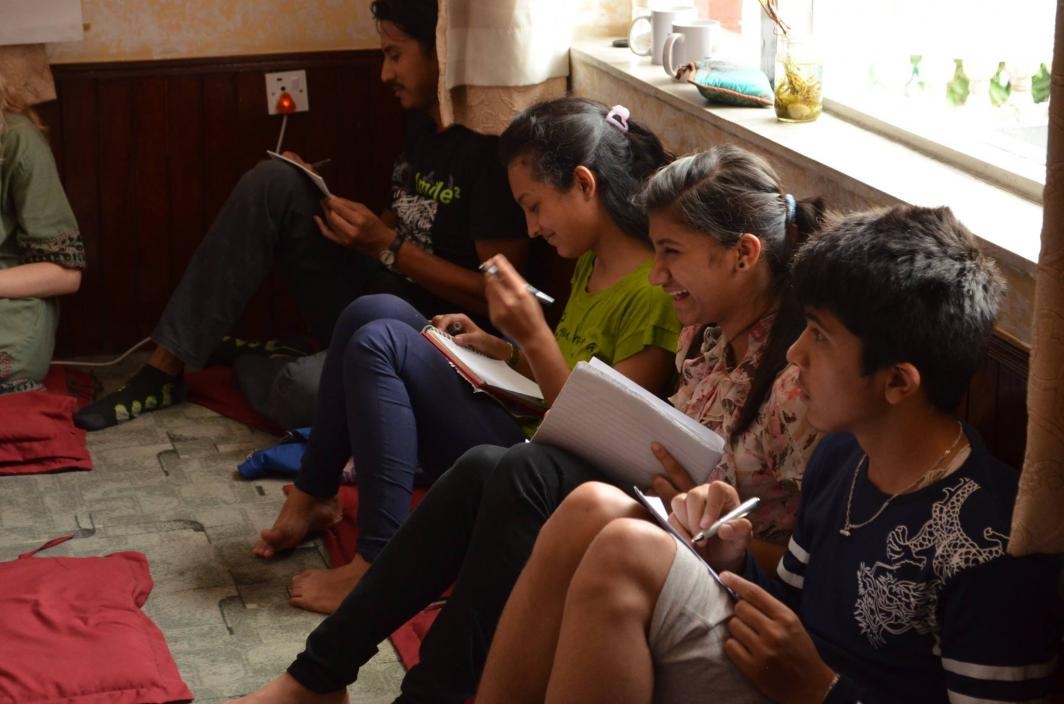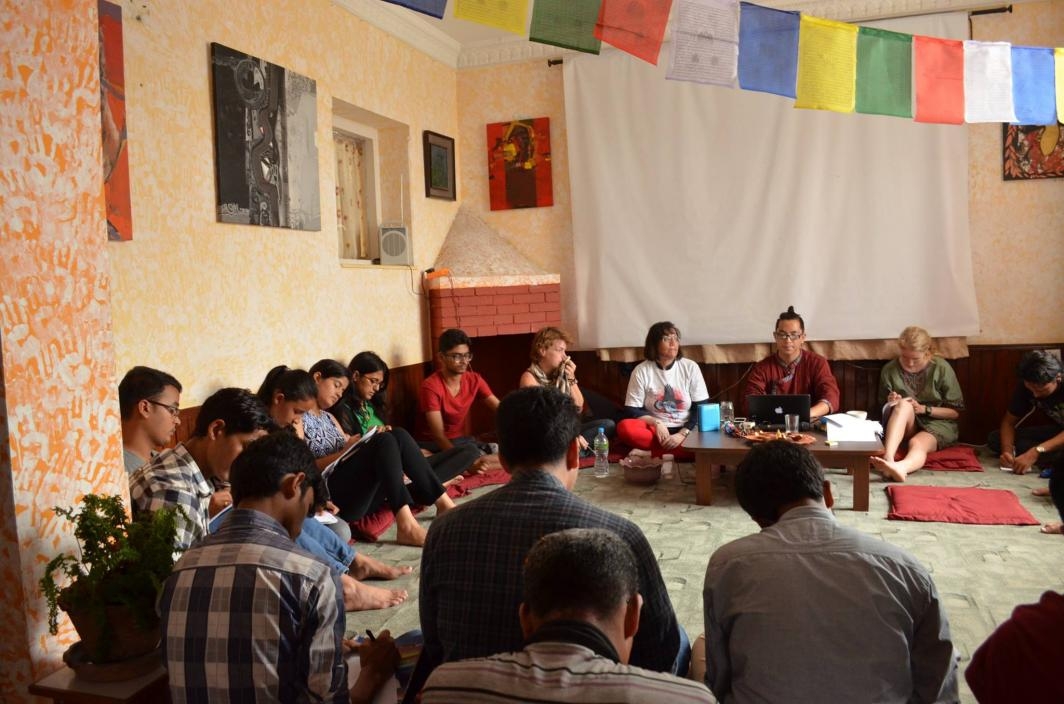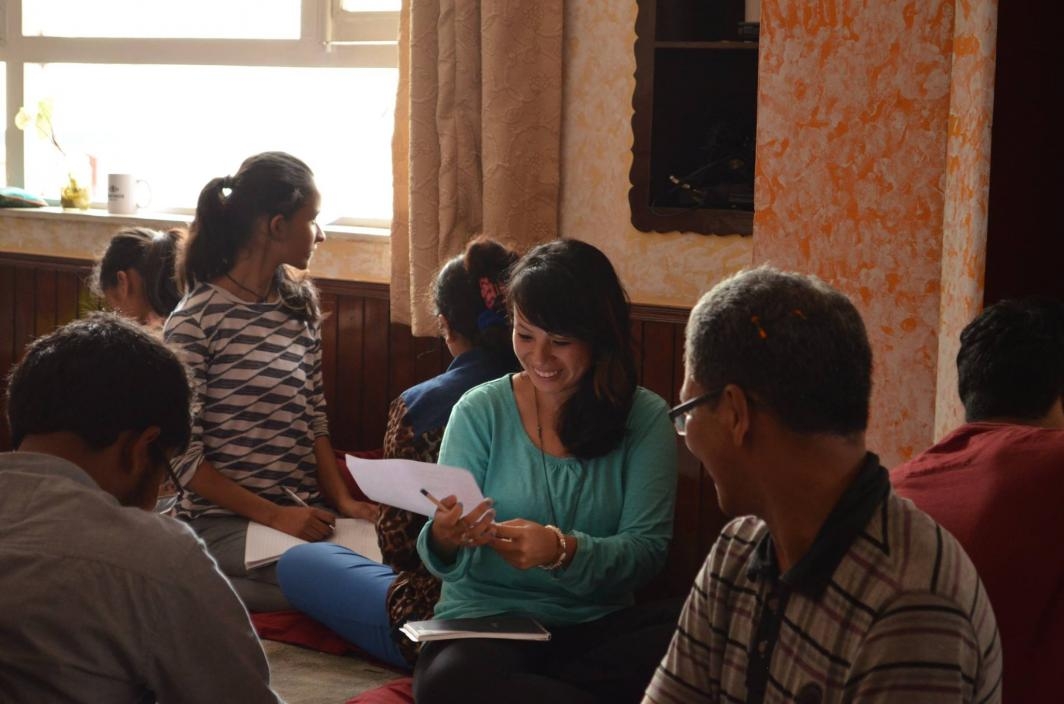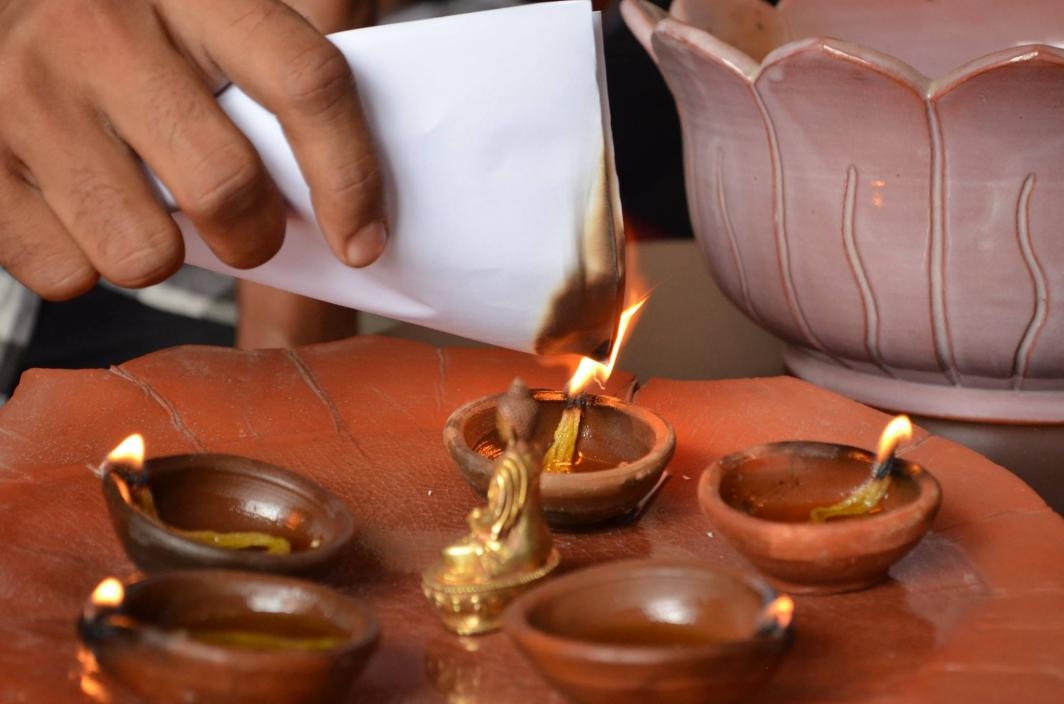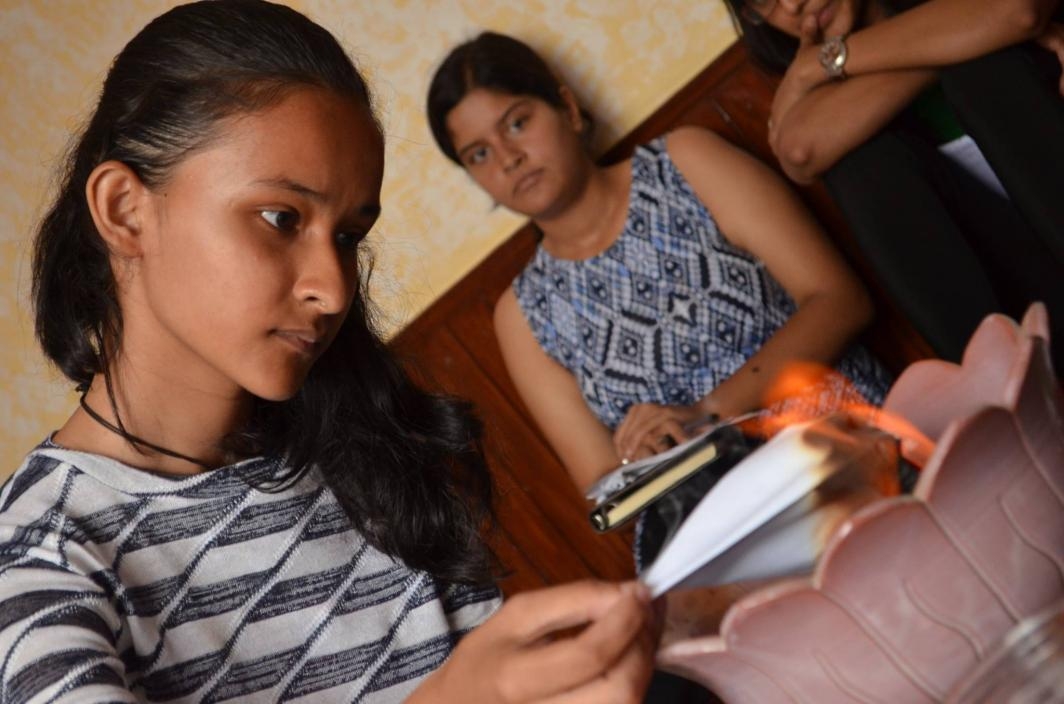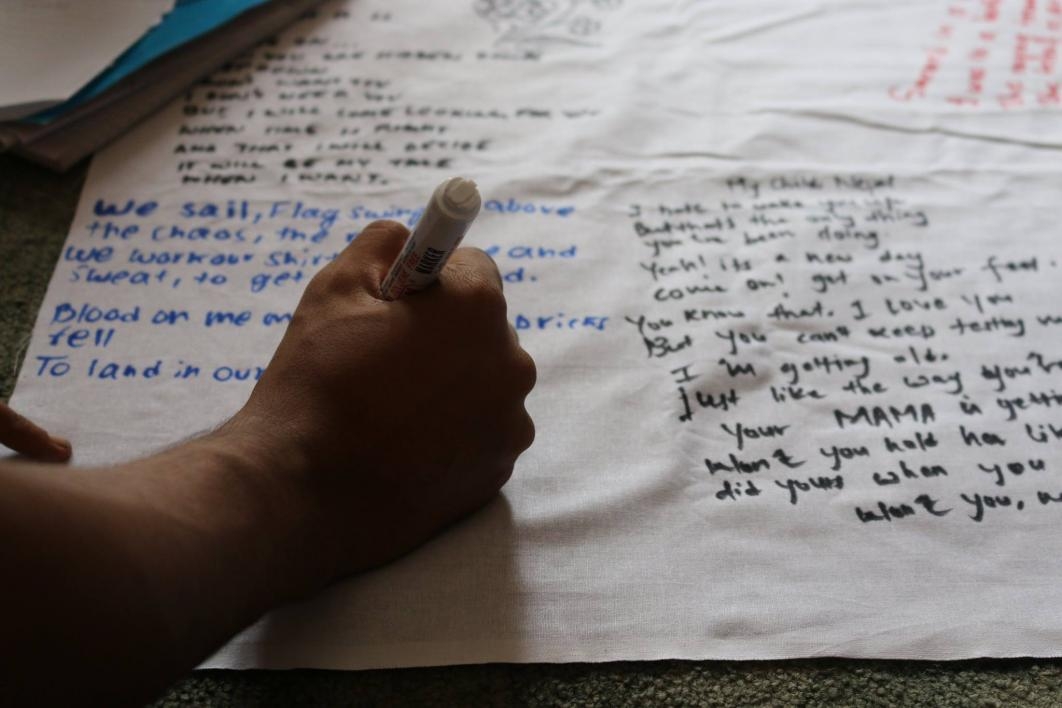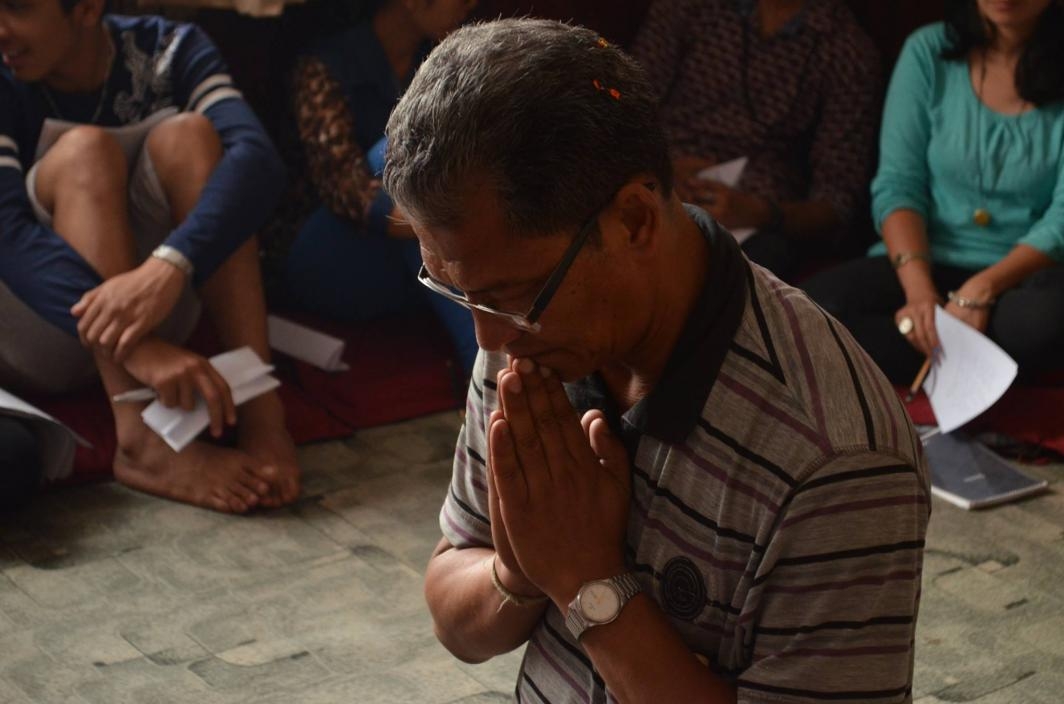A year after a devastating magnitude-7.8 earthquake hit Nepal, the country still faces a lengthy path to recovery — both structurally and emotionally.
In an effort to assist in that process, Arizona State University graduate, poet and writer Samyak Shertok has returned home to Nepal to aid his family, friends and the Nepali people with one goal in mind: healing through poetry.
Shertok grew up in the small community of Phalam Sangu in the Sindhupalchok district, and when he first heard the news about his home country he wanted to help.
He grieved for his family through his poetry, including his published work “Aftershocks,” a poem he calls a “love letter to his county.”
Shertok said he felt a “great sense of visceral release” when he completed “Aftershocks” and wanted to find a way to heal his community the best he could.
In July 2015, he founded the “Healing Through Poetry: Nepal Earthquake Relief” project through Kickstarter. He sought to raise $5,000 in the effort to travel to his native land with the hope to heal, rebuild, document and transcend the pain from the historic tragedy. Within four months, and 57 backers, he raised $5,500.
In April 2016, Shertok left Tempe and traveled to Nepal to embark on his project. But soon after he was set to return home, Shertok said he felt a pang of doubt.
“At first I was skeptical, because it is poetry, right? But I believe creating art out of this tragedy can help the country heal in a way the conventional relief packages will not be able to do,” Shertok said.
Since arriving in Lalitpur, Nepal, Shertok has partnered with NexUs Culture center, a collaborative that believes in activism through art, and he has hosted workshops where he found himself warmly welcomed by the Nepali people.
Samyak Shertok guides a workshop in Nepal.
“I was surprised with how open and well receptive the people were with the workshops and the poetry, overall,” Shertok said. “Poetry can have practical impacts, even tangible.”
The sessions he hosted included meditative exercises with the goal of transforming the perception of the tragedy, and bring awareness to the duality of life — most prominently with what Shertok called the “Burning Hate and Love” exercise.
“On one side of the sheet is an unpleasant experience; on the other side a pleasant one. We burn both: Poetry has to rise above hatred, anger and any other negative emotions,” Shertok said. “Poetry can start from a dark space, but by the end, there has to be light. There has to be warmth.
And though he knows he is not healed from this tragedy — and may never be — he chooses to move forward to document, remember and transform his grieving into beauty.
“Tragedy is a part of all of us. It's how we grow and endure from it that shapes us in life.”
Top photo: Workshop participants engage in collaborative poetry.
More Arts, humanities and education

ASU’s Humanities Institute announces 2024 book award winner
Arizona State University’s Humanities Institute (HI) has announced “The Long Land War: The Global Struggle for Occupancy Rights” (Yale University Press, 2022) by Jo Guldi as the 2024…

Retired admiral who spent decades in public service pursuing a degree in social work at ASU
Editor’s note: This story is part of coverage of ASU’s annual Salute to Service.Cari Thomas wore the uniform of the U.S. Coast Guard for 36 years, protecting and saving lives, serving on ships and…

Finding strength in tradition
Growing up in urban environments presents unique struggles for American Indian families. In these crowded and hectic spaces, cultural traditions can feel distant, and long-held community ties may be…
